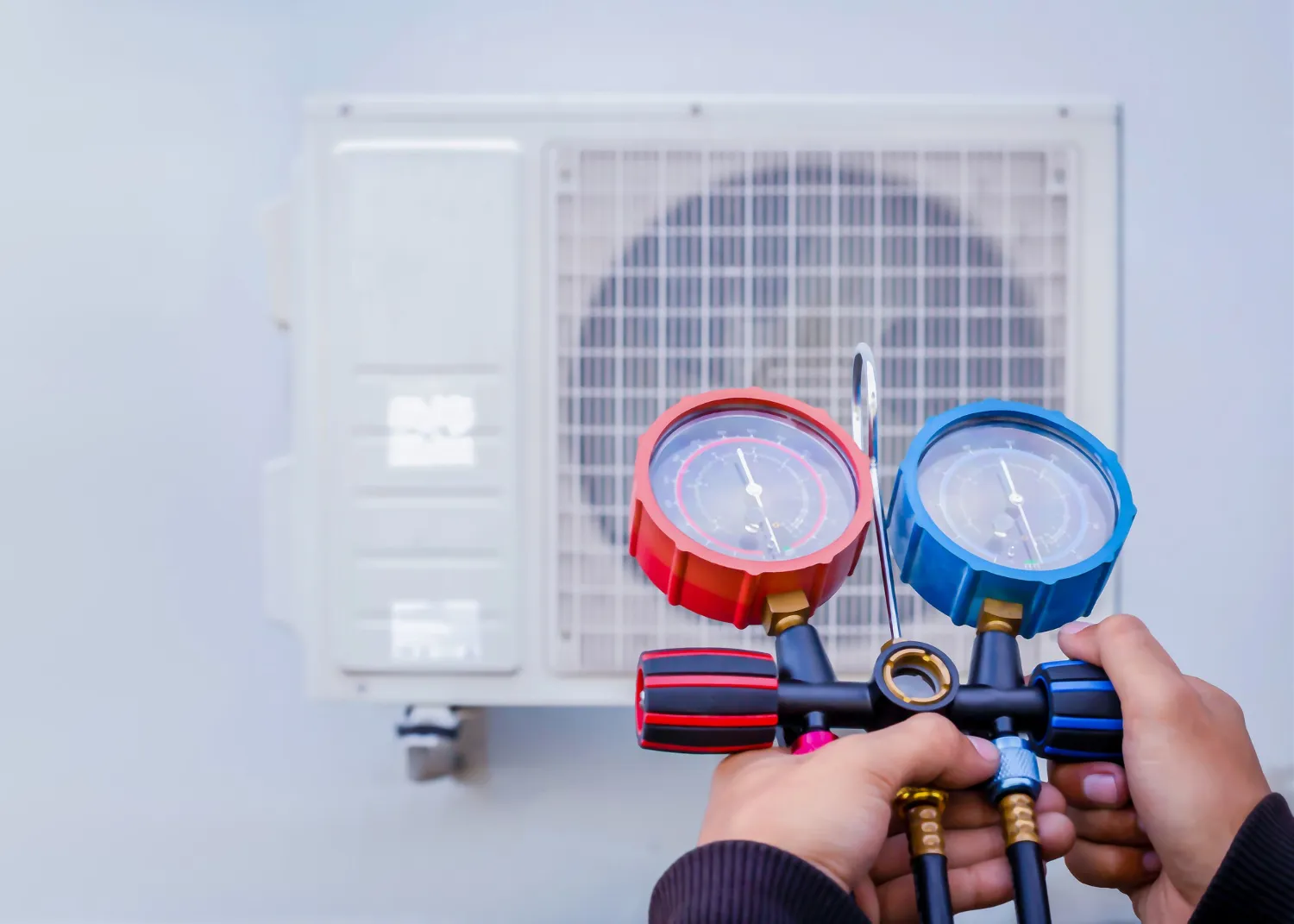Keeping your HVAC system in tip-top shape is essential for comfort and peace of mind. Regular inspections can prevent issues from escalating, ensuring your home environment remains comfortable all year. For residents of Woodforest, maintaining a reliable HVAC system means being aware of signs indicating it's time for professional inspection. As spring approaches, a thorough inspection can help avoid unexpected inconveniences when you need your system the most.
Understanding what signs to look for can save you time and potential discomfort. It's not just about addressing problems as they arise; it's about anticipating them and taking action before they disrupt your daily routine. Being proactive with maintenance can prevent small issues from developing into costly repairs.
Unusual Noises and Smells
Strange sounds or odors coming from your HVAC system are clear indicators that something isn't right. These symptoms shouldn't be ignored, as they might signify underlying problems that need professional attention.
1. Clunking or Banging: These noises often mean there's a loose or broken component inside the unit, such as a belt or motor. This can lead to more extensive damage if not addressed.
2. Hissing Sounds: Typically, a hissing noise indicates a refrigerant leak. This isn’t just an operational problem; it could pose health risks if not handled promptly.
3. Musty or Burnt Smell: A musty odor might suggest mold within the ducts, while a burnt smell indicates electrical or mechanical issues. Both scenarios require immediate professional inspection to ensure safety and efficiency.
Our professionals can diagnose these issues effectively, offering solutions that help maintain the system's integrity and functionality. Ignoring these signs can lead to increased energy consumption and decrease the lifespan of your HVAC system. Prompt inspection is the best course of action to ensure continued comfort and safe operation.
Poor Airflow and Inconsistent Temperatures
Experiencing uneven heating or cooling throughout your home can be frustrating and indicate issues with airflow. These symptoms not only affect comfort but could also be pointing to a larger problem lurking within your HVAC system.
- Blocked Ducts: Poor airflow could result from blocked or dirty ducts, preventing conditioned air from reaching all parts of your home effectively.
- Thermostat Problems: Inconsistent temperatures can often be traced back to a faulty thermostat. If the system cycles on and off without achieving the desired temperature, it's time to have the thermostat evaluated.
- Aging System Components: As components like fans and motors wear out, they affect airflow, leading to uneven distribution of warm or cool air.
These problems don’t just inconvenience you; they also impact your energy bills. When your system struggles to maintain a comfortable temperature, it works harder for longer periods, increasing energy consumption and costs. Professional inspection and maintenance can address these issues, restoring optimal airflow and ensuring a comfortable and energy-efficient home environment.
Increased Energy Bills
An unexpected rise in your energy bill can signal inefficiencies in your HVAC system. When the system works harder to achieve the same level of comfort, it consumes more energy, leading to higher costs. These increases in energy usage often point to hidden issues within the system that need to be addressed. Regular checks can help pinpoint the problem, whether it stems from clogged filters or faulty components.
To keep an eye on your energy usage, consider these simple steps:
- Track your monthly energy bills to spot unusual spikes that aren’t linked to seasonal changes.
- Ensure your thermostat settings align with your comfort needs and seasonal demands.
- Check for drafts in your home that might strain your system’s efforts to maintain temperature.
When you notice unexplained increases in your energy bill, it is time for our professionals to take a closer look. Addressing these issues early can prevent further inefficiencies and provide savings in the long run.
Frequent Cycling and System Age
Frequent cycling, where your HVAC system turns on and off more often than usual, can indicate underlying issues. This behavior strains the system and can lead to premature wear. Common causes include oversized systems, malfunctioning thermostats, or blocked airflow. Each of these requires attention to restore proper operation and avoid unnecessary wear and tear.
Understanding the typical lifespan of an HVAC system also helps determine the right time for inspection. Most systems last 10 to 15 years with proper maintenance. As systems approach the end of their lifespan, they may require more frequent inspections and repairs to remain efficient.
If your HVAC system is older or frequently cycles, it may be time to evaluate its condition. Ensuring all parts function optimally can prolong its life, ensuring reliable performance when you need it most.
Ensure Comfort with Regular Inspections
Keeping your HVAC system running smoothly is crucial for maintaining a comfortable home environment. By recognizing signs of trouble early, you can address them before they lead to more significant problems. Regular inspections not only enhance home comfort but also offer substantial savings by preventing costly repairs.
A proactive approach ensures a more efficient system, contributing to lower energy bills and a healthier home. Scheduling consistent inspections is a wise investment in your home's comfort and your family's peace of mind. Our experienced technicians in Woodforest are ready to assist, providing tailored solutions to meet your needs.
If your system is showing signs of inefficiency or uneven performance, explore our HVAC services in Woodforest to have your system inspected by our professionals and avoid unexpected issues. If you need a quick estimate or want to schedule service, please contact us today.





